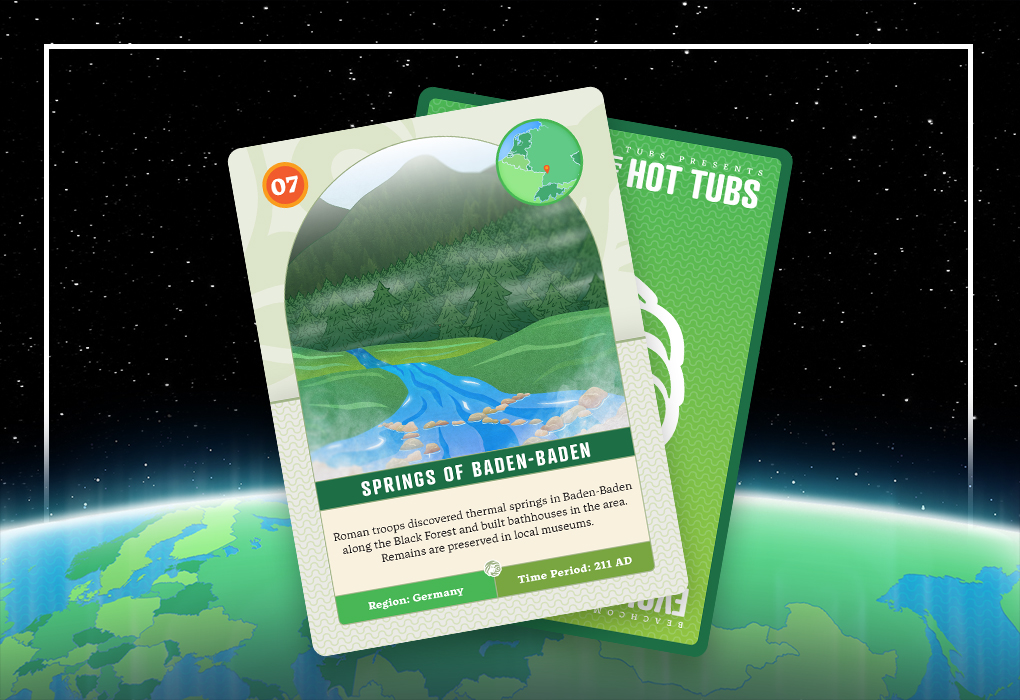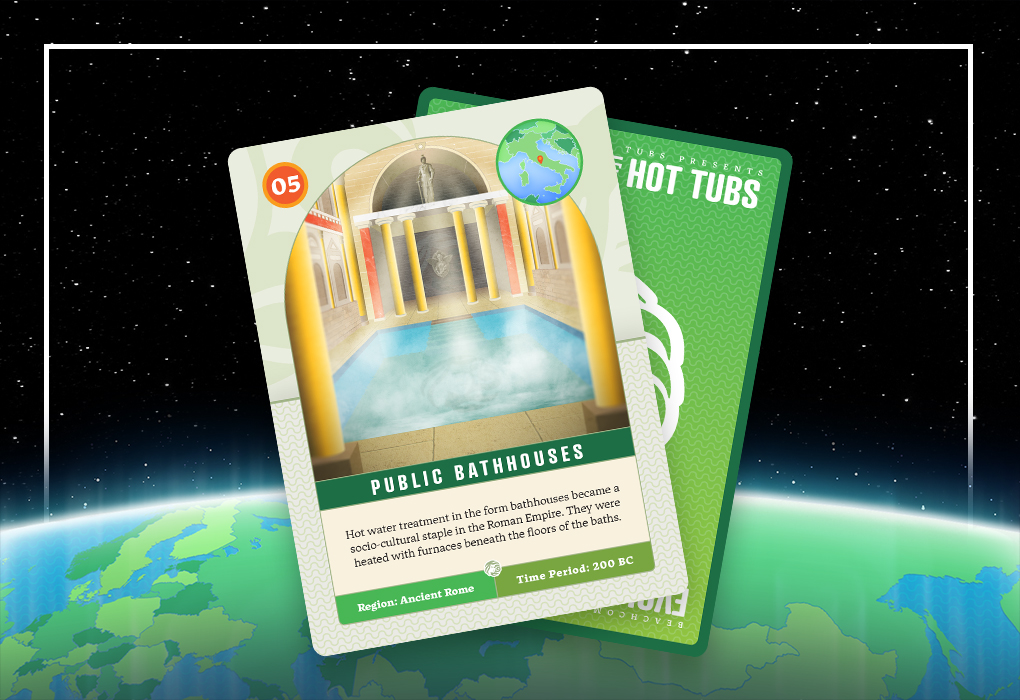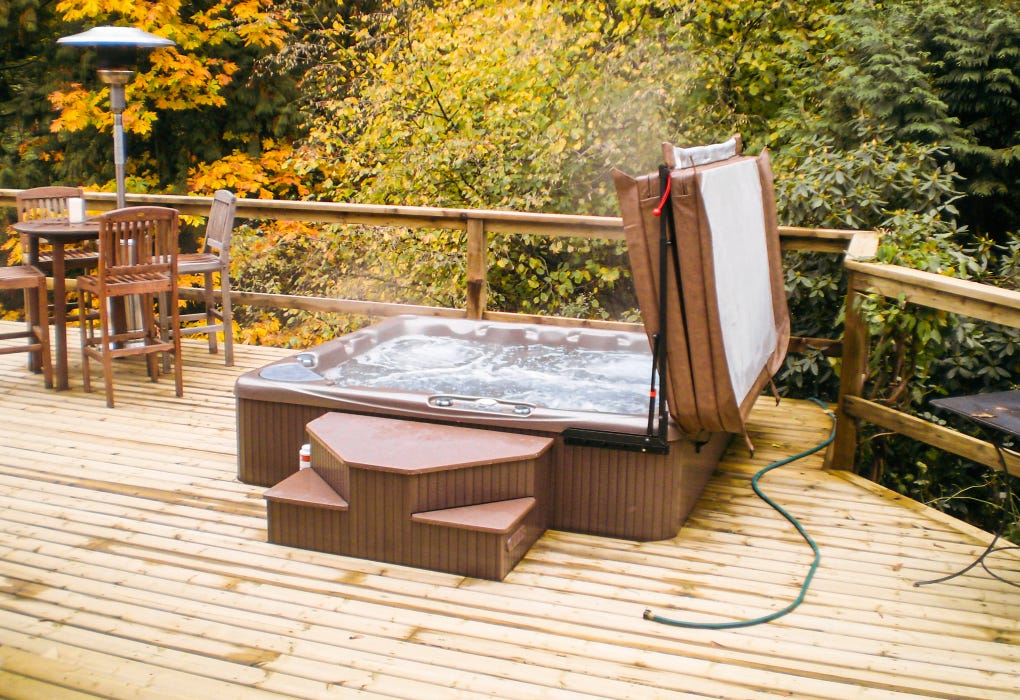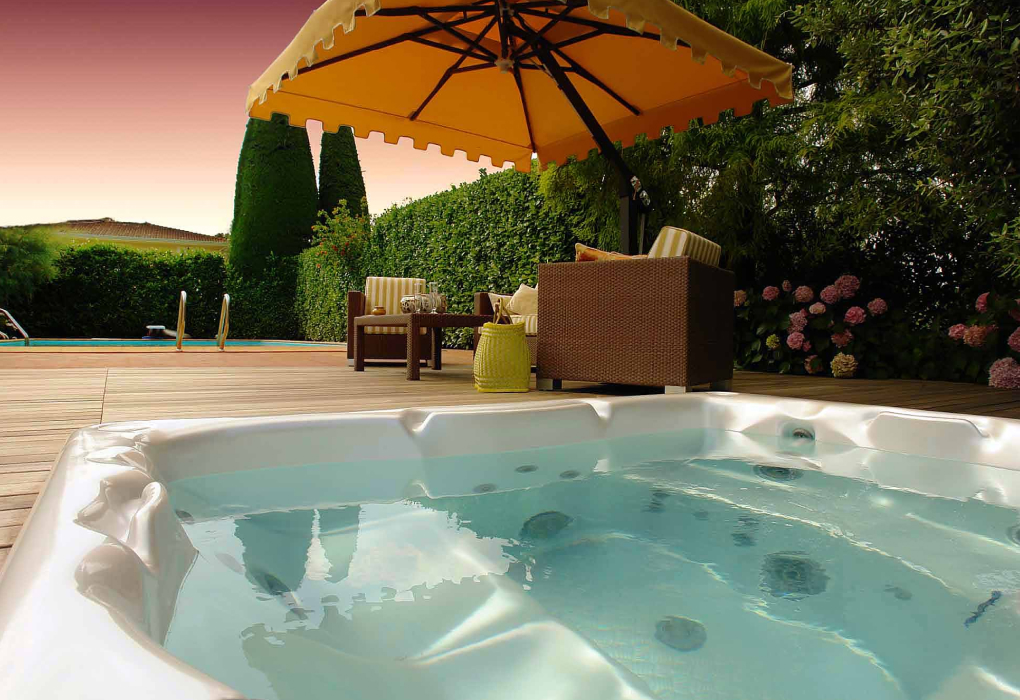When the Roman’s populated the area of Aquae Sulis, it was only a matter of time before they began establishing bathhouses throughout Europe. In the 2nd century A.D., the discovery of thermal springs in Baden-Baden brought the Roman Empire to Germany.
The History
The springs in Baden-Baden, Germany, feature waters of up to 60°C that travelled from 2000m below the earth’s surface. Its journey from the depths meant that there was a high mineral content in the water—sodium, fluoride, and chloride are just some of the properties found. Having so many minerals meant that the water had an abundance of healing capabilities.
Like the hot springs of Aqaue Sulis, the springs of Baden-Baden were also used by the Celts first. It was during the reign of the emperor Caracella that the Roman Empire discovered and conquered the town. Historians suggest that the emperor himself would regularly use the springs to ease the pain of his arthritis. When the Romans took control of the area and discovered the warm waters, they started the construction of their bathhouses and buildings nearby.
They slowly began to build the baths from the first century A.D. onwards. Initially, the area saw the development of a small building with two pools. Over time, they grew to have changing facilities, saunas, cold pools, and terraces. By adding the extra rooms it meant that the people of Baden-Baden could use the bathhouses in the same way the Romans used the public baths in Rome.
While the bathhouses in the area were popular locations during Roman times for healing, they lost their appeal after the fall of the Roman Empire. It was many centuries later that the people in the area rediscovered and used them again.
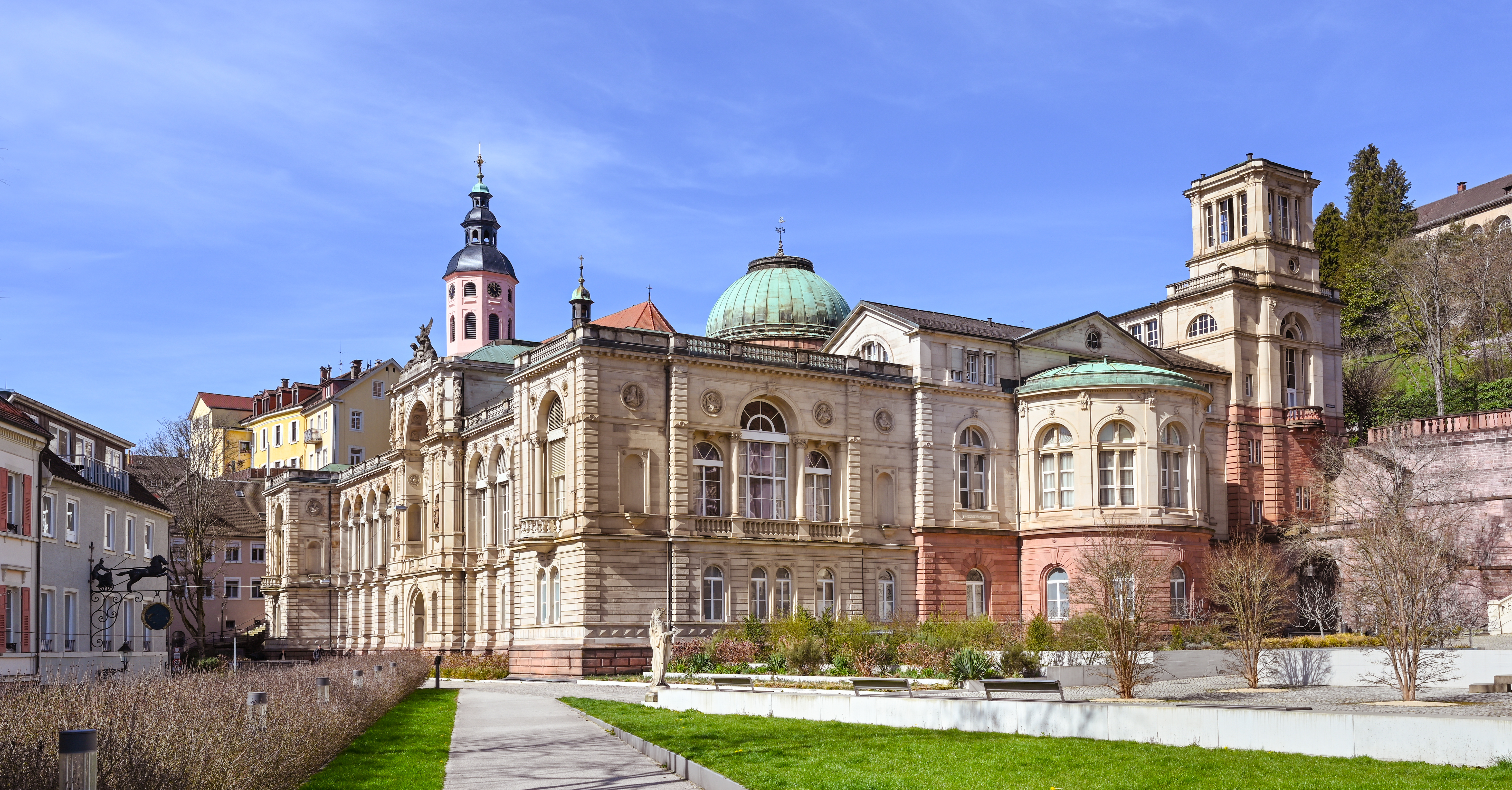
The Benefits
During the Roman rule of Baden-Baden, the bathers in the local springs discovered many benefits. Depending on who used the baths and why they use them, they experienced a variety of things. Some people found that their pain was reduced, while others had a boost in mood. This made regular soaking anticipated by all.
From the centuries before, the effects of the thermal springs were often accredited to religion, spirituality, and internal balance. However, the people and explorers in Baden-Baden were focused on the minerals present in the warm water—much like they did in Ikaria thousands of years before.
There were many minerals present in the springs in Germany, meaning people with all kinds of issues could benefit from bathing in them. The main minerals found in the springs are:
- Sodium
When you bathe in a thermal spring that is rich in sodium, it helps with the maintenance of your body’s fluids. We know from Hippocrates that having internal balance is vital for optimal health, and therefore, he prescribed warm water bathing in springs as part of his regime. The sodium content also helps ease joint pain and improves nerve and muscle functions.
- Lithium
For centuries before the Baden-Baden springs were discovered, users of hot springs believed a soak would improve both their physical and mental health. The boost in mood results from lithium being present in the springs and can leave people feeling rejuvenated and happier.
- Silica
Those suffering with stiff joints or arthritis can find relief in a thermal spring because of the silica content. Silica is needed to absorb minerals into the bones, which can help prevent osteoporosis.
Bathing in public bathhouses became unpopular with the rise of the Church of the Byzantine Empire. Because of this, the springs of Baden-Baden went out of use. It was at the end of the 18th century when the ancient Roman bathhouses were rediscovered by Margrave Carl Friedrich von Baden that they were used again. Since then, more baths have been built and maintained in the town and are now a very popular tourist attraction in the area. The remains of the Roman ruins can be visited to learn about the bathing culture.
Be the first to read the next stage in the Evolution of Hot Tubs by downloading our infographic and signing up to our newsletter!

